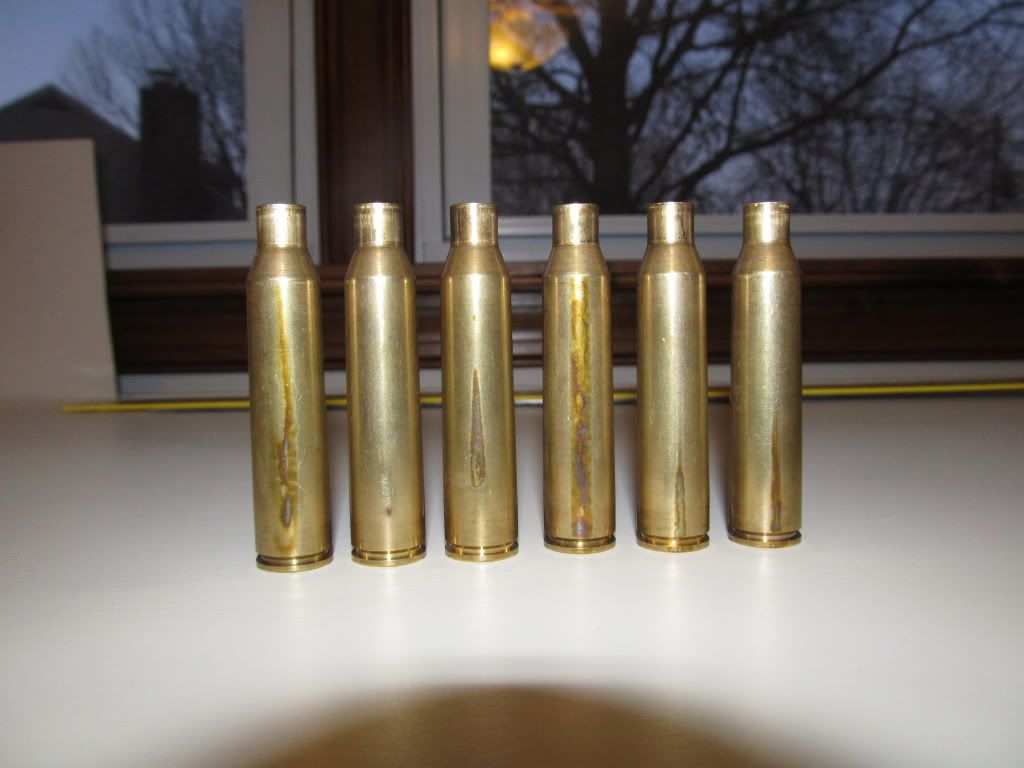Re: Annealed (?) case question
<div class="ubbcode-block"><div class="ubbcode-header">Originally Posted By: Gene Poole</div><div class="ubbcode-body"><div class="ubbcode-block"><div class="ubbcode-header">Originally Posted By: High Binder</div><div class="ubbcode-body">This seems like a weekly post around here and as an engineer with metallurgy classes under my belt I've posted about this exact topic countless times yet the misinformation persists. So without typing out my usual novel, here's the skinny: this type of brass will anneal at 250 but it takes DAYS. The color change you see is OXIDATION and is 100% harmless. You can dry in an oven with no problems and if you want to minimize the oxidation give your brass a quick rinse in water with a little baking soda mixed in before it hits the drying stage. That being said, drying in an oven is painfully slow, I use the alcohol method. </div></div>
I'll defer to your metallurgy knowledge (I'm a chemist and I only had one metallurgy class) but I disagree with you on the baking soda. It is slightly caustic and will cause more discoloration--especially if dried in an oven--than leaving a bit (what remains after rinsing) of acidic residue on the cases. Best to rinse with distilled (or clean "soft") water. I've found citric acid to be the best at cleaning away oxidation and leaving no discoloration.
</div></div>
Here's where that info comes from:
http://www.6mmbr.com/ultrasonic.html
<span style="color: #3333FF">"The Mad Chemist Needs A Neutralizing Agent
At this point the brass was coming out with no carbon deposits whatsoever, but I wasn’t happy with the darkening of the brass so I figured a neutralization step was needed after the vinegar to stop the acid’s reaction. A water rinse was fine with the acidic BC case cleaner, but not sufficient with vinegar. Baking soda (BS) seemed like the easiest and most readily available option to neutralize the reaction. The BS was simply dissolved in water in the proportion shown below. I went through nearly a dozen runs to come up with the best combination of vinegar, dish soap and baking soda."</span>
I work in a lab too but I do oil (petroleum industry) related work so I'd have to defer to your knowledge here. Perhaps the baking soda is only needed when a strong acid is used and not needed when only using water/dish soap? Thoughts?









